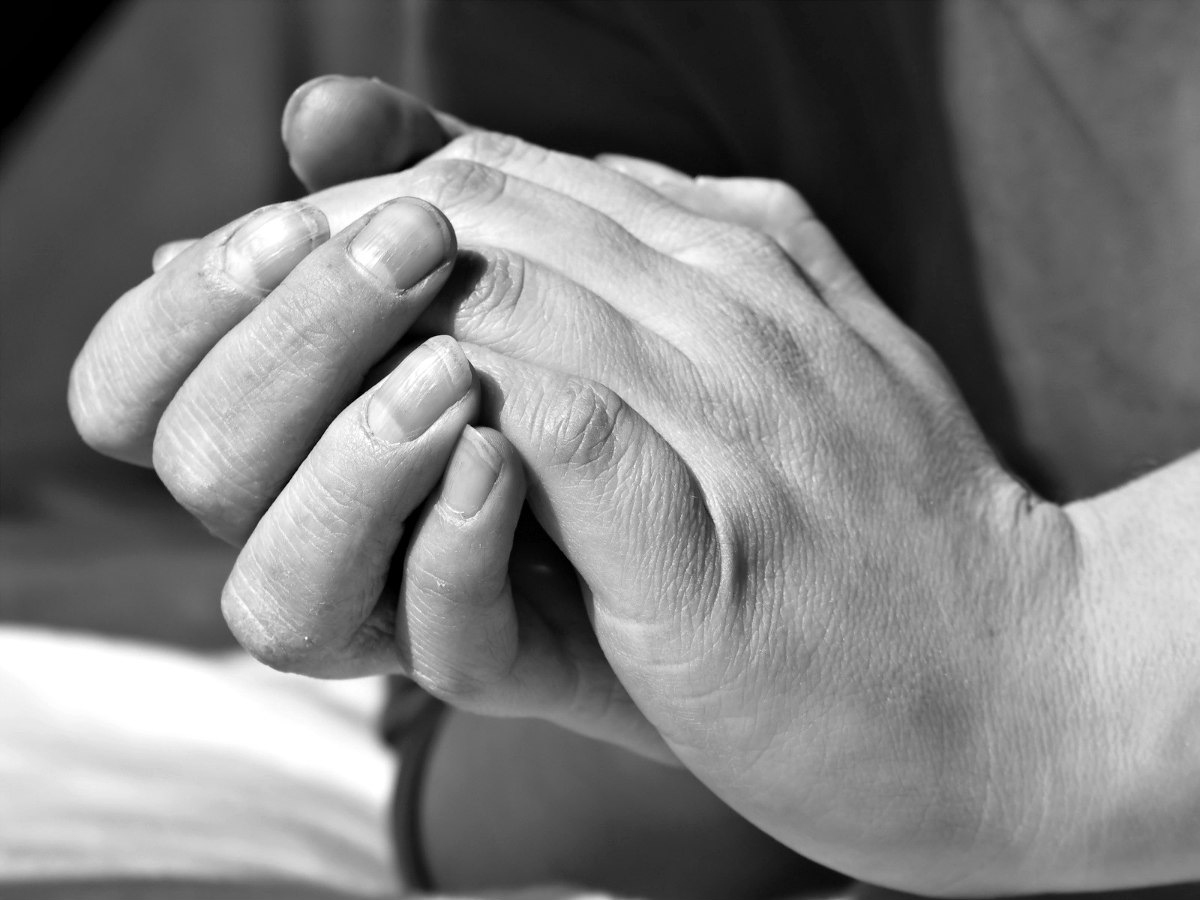Gratitude and Giving

The holiday season is upon us and with the commercialism of the season in action, we have been reminded that the time is near by the countdown of days starting well before Halloween. It might be good to take a moment to push the “pause” button. Stop the background commercials that play in your head, taunting you to take the time to make your lists and check them twice while pushing you out the door to get the shopping lists completed. Yes, push the pause button. “Pause.” “Breathe.” “Reflect.” At the end of the day, what will matter in how you choose to spend your holiday time? Filling our lives with activity, more things, foods and chaos does not fill the soul with a joy-filled season. In fact, it may set us up for doing more and more as we strive for the feeling of being “filled” but never quite quench that thirst.
Gratitude and giving are two obvious themes that come out during the holiday season. Practicing these during the commercialism of the season has potential to bring fullness of heart and soul if we are able to bring these themes to the centerpiece of our season.
Studies show that we can conscientiously work towards cultivating gratitude and the results can increase our well-being and happiness. Practicing grateful thinking, especially expressed towards others, is associated with increased levels of energy, optimism and empathy.(Psychologytoday.com/basics/gratitude, 2014) Cultivating gratitude has been found to increase people’s overall sense of well-being, causing them to exercise more, be more optimistic, and feel better overall about their lives in general. (Jill Suttie, 2010)
Just like gratitude, giving is also beneficial to us. Studies show that the givers are also gifted with the benefits of giving. Studies have found that giving makes people happier. In a 2006 study at the National Institutes of Health, it was found that when people give, it activates regions of the brain that are associated with pleasure, social connection and trust. Along this same area, scientists also believe that this behavior releases endorphins in the brain, producing the positive feeling known as the “helper’s high”. (Jill Suttie, 2010)
Giving itself gives us the opportunity to evoke gratitude. If we are giving a gift to someone that we are feeling gratitude towards, we are bringing up feelings of gratitude that emit those “feel good’ thoughts promoting feelings of closeness and a sense of connection to that person. Giving can bring about feelings of gratitude whether you are the giver or the receiver of the gift. Obviously, as the recipient of the gift, we can take a moment to feel gratitude for the person giving us the gift. (Parents may need to help children slow down and receive gifts in this matter and/or model to their children how to do this). Add to this, giving has been linked to the release of oxytocin which is the same hormone that is released during nursing or sex. It creates a feeling of warmth, empathy and bonding making one feel connected to the other and evokes more feelings of generosity, creating a “pay if forward cycle”. This has been experienced in the drive through at Starbucks when one person pays for the person behind them and that person does the same and they keep it going. Those feel good “giver’s highs” are contagious.
What we do know about gratitude and giving is that people who practice these two qualities are happier, more fulfilled people. Practicing these qualities improves your overall sense of well-being, energy level and optimism. The skill then becomes how to make it your centerpiece for the season so at the end of the day, you feel like your season was fulfilling.
Giving and gratitude can be brought into the season by doing things differently. Start the holidays out with the practice of gratitude during Thanksgiving and make it just the beginning of a daily practice of being in gratitude. Then focus on the act of giving versus the act of receiving. Spend time as a family deciding how you want to give to others this year. Take on a project of giving to a needy family, volunteering at a soup kitchen and/or making your gifts so that time is spent thinking of each person and how much you care about them. Make sure you spend time sending thank you notes that will give you, as the recipient, the opportunity to bring forth the feelings of gratitude you feel for the other person that gave you the gift. Get creative as you consider how you want this time to look as you bring gratitude and giving into your daily lives during the holiday season. Perhaps you will develop a daily habit that continues well past the holidays. At the end of the day, you become the gifted person because gratitude and giving became your theme for the season and your life!
Works Cited
Tags: giving, gratitude, practicing gratitude
ABOUT THE AUTHOR

Janie Pfeifer Watson
Licensed Independent Clinical Social Worker
Licensed Independent Mental Health Practitioner- Janie Pfeifer Watson, LICSW, is the founder and director of Wholeness Healing Center, a mental health practice in Grand Island, Nebraska with remote sites in Broken Bow and Kearney. Her expertise encompasses a broad range of areas, including depression, anxiety, attachment and bonding, coaching, couples work, mindfulness, trauma, and grief. She views therapy as an opportunity to learn more about yourself as you step more into being your authentic self. From her perspective this is part of the spiritual journey; on this journey, she serves as a mirror for her clients as they get to know themselves—and, ultimately, to love themselves.
LATEST ARTICLES BY Janie Pfeifer Watson
- Glimmers of Light – Nurturing Joy During the Holidays
- Live Stronger: Strength, Balance, and Social Connection after 50 Stay strong. Stay Connected. Stay independent.
- Healing is a Lifelong Journey, and It Doesn’t Happen in a Straight Line
- Habits to Develop to Age Well
- Discover the Power of EMDR Therapy at WHC
Subscribe today
Sign up to receive the latest mental health tips and inspiration